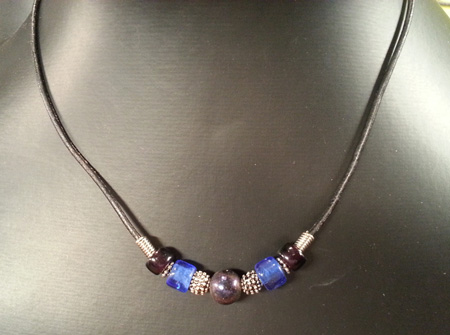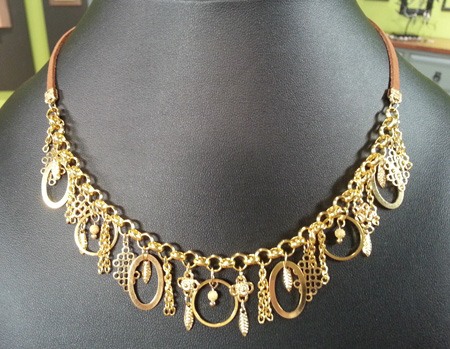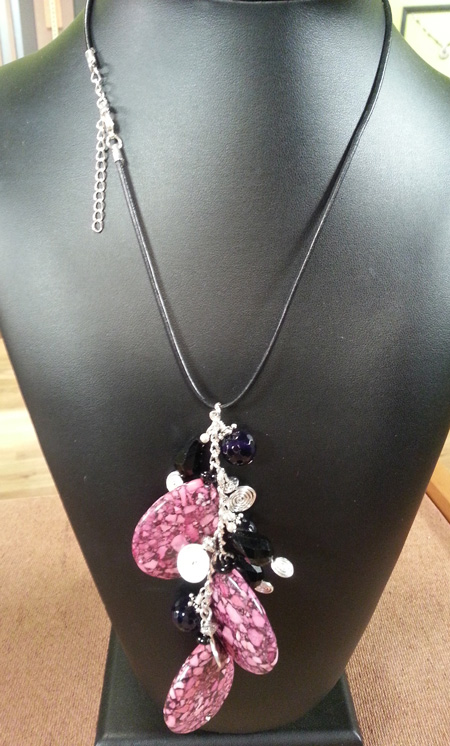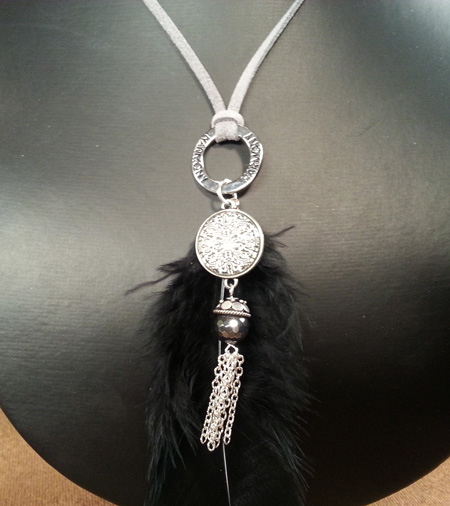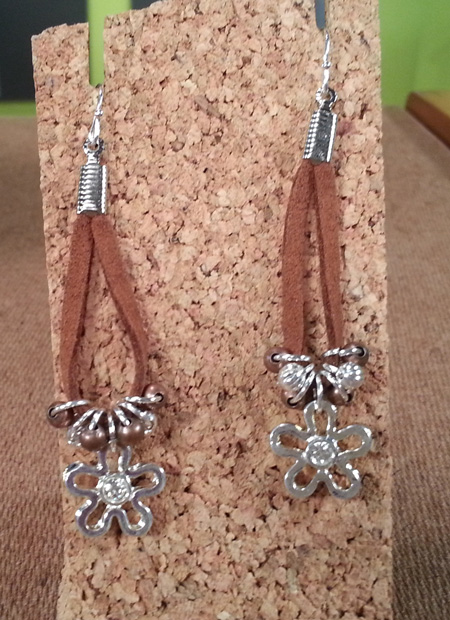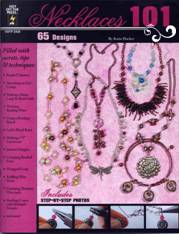 |
www.beadsbaublesandjewels.com BBJ – the source for jewelry making, beading, and metal work: instructions, education and projects from leading jewelry designers, and instructors. The online home of the public television program. |
| 1811-3 | Print | Close [X] |
| Katie Hacker adds leather, ribbon, and feathers to cord ends for a true mix and match of materials. |
For More Information Visit: |
Using Cord Ends There are four basic types of cord ends: To use a spring cord end, choose the size that fits the diameter of the cord. Place the spring onto the end of the cord, then use pliers to close the first one or two rings. Be careful not to smash the loops flat. If you turn the coil as you’re squeezing with the pliers, you get a more polished look. Tube cord ends work best with round stringing material. Choose the size that fits the diameter of stringing material. Place epoxy or BeadFix™ glue onto the end of the strand, and then glue it inside the cord end. To use a c-crimp cord end, place the flat cord or ribbon inside and use chain nose pliers to squeeze the cord end shut. For thin materials like organza ribbon, you can also the ends first and then clamp the knot inside the cord end. For stretchy materials like Artistic Wire Mesh, fold the end of the mesh onto itself, and then place it inside the c-crimp cord end. Fold-over cord ends are typically used with flat suede lace, but they can also be used with feathers. Place the material inside the cord end, then use chain nose pliers to fold one of the sides over the stringing material (or feather end). Fold the other flap on top.
|
Katie Hacker 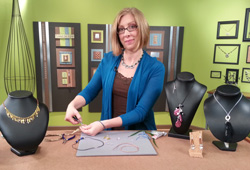 |
